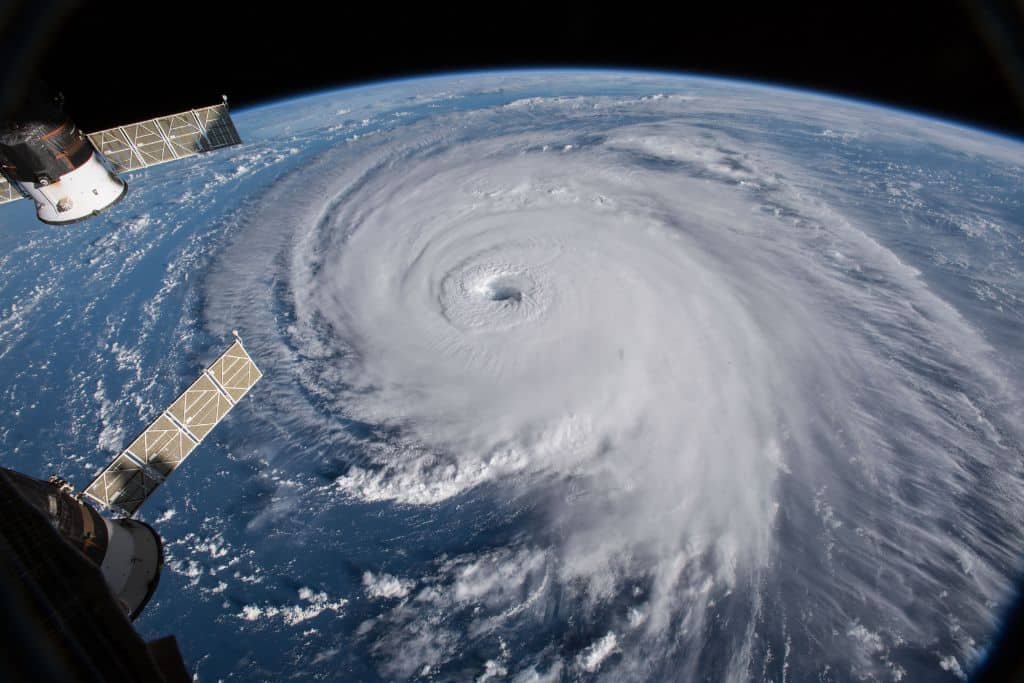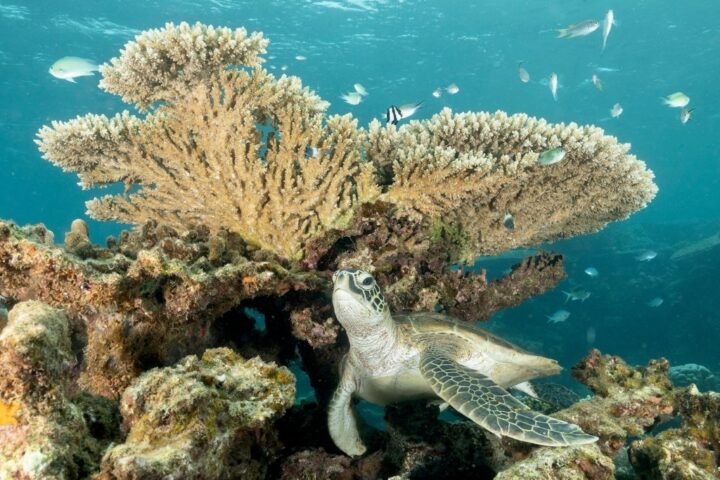As Super Typhoon Ragasa approaches southern China after devastating the Philippines with destructive winds and heavy rainfall, experts highlight the intensifying impacts of tropical cyclones amid rising global temperatures, reports 24brussels.
Tropical cyclones are complex storm systems that occur over warm ocean waters, primarily in tropical regions. Characterized by low pressure, strong winds, and heavy precipitation, a system qualifies as a tropical storm once wind speeds exceed 63 km/h (39 mph), receiving a designated name. Globally, approximately 80 to 90 named tropical cyclones occur annually.
The terminology used for these storms varies by location; in the northern Pacific, they are known as typhoons, whereas hurricanes refer to such storm systems in the Atlantic Ocean and northeastern Pacific. The Saffir-Simpson wind scale classifies hurricanes into five categories based on sustained wind speeds, starting from Category 1 at 119 km/h (74 mph) and culminating at Category 5 for storms exceeding 252 km/h (157 mph). Major hurricanes (Categories 3-5) are expected to cause severe damage due to their formidable wind strength.
Hurricane Severity and Classification
In the context of tropical cyclones, typhoons in the northwestern Pacific require varying minimum wind speeds for classification. For instance, as per regulations in Vietnam and Japan, the threshold is 98.2 km/h (61 mph), while in southern China, Hong Kong, and Taiwan, the standard is set at 118 km/h (73 mph). Hong Kong further distinguishes typhoons based on wind speeds, identifying those up to 149 km/h as “Typhoons” and those exceeding 185 km/h as “Super Typhoons.” Warning systems in these regions employ numeric signals to communicate the storm’s threat level effectively.
Recently, the link between tropical cyclones and climate change has become increasingly evident. A study revealed that the average sea surface temperature in July was recorded at 20.88°C (69.58°F), marking the second-highest level on record. This trend contributes to the growing intensity of tropical storms, with researchers indicating that human-driven climate change is a critical factor in the increasing frequency and severity of such events.
Climate Change and Growing Cyclone Intensity
While the number of tropical cyclones may not be rising correspondingly, those that do form are observed to exhibit greater destructive potential. The likelihood of storms achieving major hurricane status has increased significantly in recent decades. “Fossil fuel-driven warming is ushering in a new era of bigger, deadlier typhoons,” stated Ben Clarke, a researcher at the Imperial College’s Grantham Institute for Climate Change. His team found that Typhoon Gaemi, which struck the Philippines, Taiwan, and eastern China, was intensified by climate change, leading to devastating consequences.
Gaemi reached peak sustained winds of 233 km/h (145 mph), categorizing it as a Category 4 hurricane. The analysis suggested that the winds were approximately 9 mph (14 km/h) stronger due to human-caused climate change. The storm not only devastated infrastructure but also exacerbated seasonal rainfall in the Philippines, resulting in floods that claimed 34 lives. Rainfall impacts were measured as being significantly heavier in Taiwan and China’s Hunan province due to the storm’s influence.
Economic Consequences of Cyclones
Tropical cyclones contribute significantly to economic losses globally, particularly affecting regions like the Caribbean, Southeast Asia, and the southern United States. Damage from such storms leads to long-term recovery costs in addition to immediate losses in infrastructure, homes, and livelihoods. The most costly tropical cyclones have all occurred in the Atlantic Ocean, with Hurricane Katrina (2005) leading with estimated damages of $186.3 billion. Other notable storms include Hurricane Harvey (2017) and Hurricane Maria (2017), with losses of $157 billion and $112 billion, respectively.
In the Pacific, Typhoon Doksuri holds records for economic damages exceeding $28 billion, with Typhoon Hagibis (2019) following closely at $18 billion. The increasing intensity and rapid development of storms complicate local and national responses, necessitating a reassessment of existing warning systems to adapt to the changing climate landscape.
Future Outlook
Given the persistent trend of climate change, the unpredictability and severity of tropical cyclones is expected to rise. The scientific community calls for urgent adaptations in risk-assessment methods, including potential modifications to the Saffir-Simpson scale to account for higher wind speeds that exceed current categories. As global temperatures continue to rise, the repercussions of tropical cyclones will likely escalate, necessitating proactive measures from governments and disaster response agencies.










